Visiting new places can be fun, but some areas become risky at night. It’s important to stay safe, especially when traveling or in unfamiliar places. We’ve listed 19 locations where walking alone after dark is not a good idea.
Abandoned Buildings
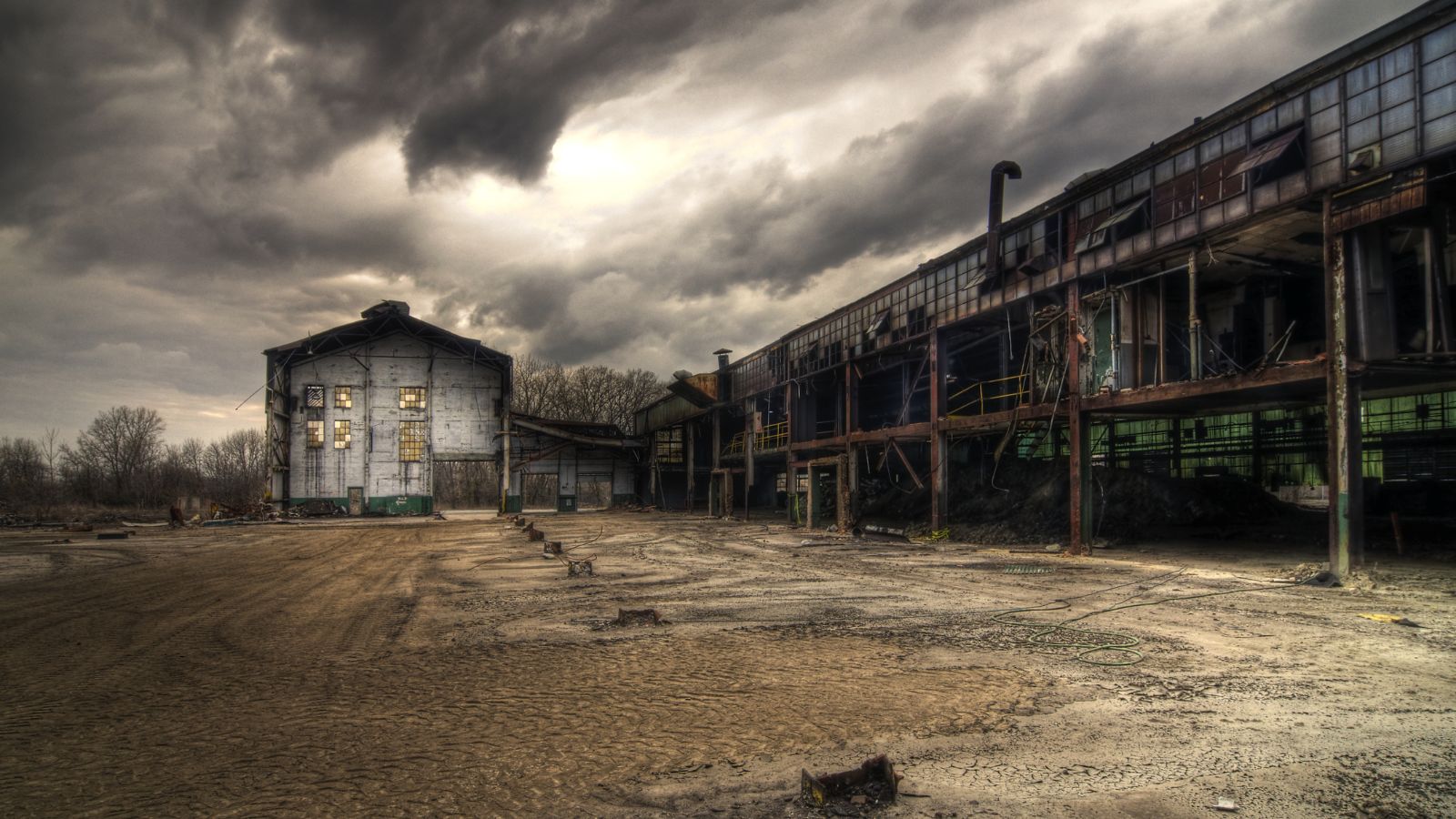
Empty, run-down buildings often attract criminals and are physically dangerous, as in the dark, you might find weak floors, nails sticking out, and broken glass. Allianz Travel points out that these buildings don’t have good lighting or easy ways to get out, making them especially risky for anyone exploring alone at night.
Deserted Beaches
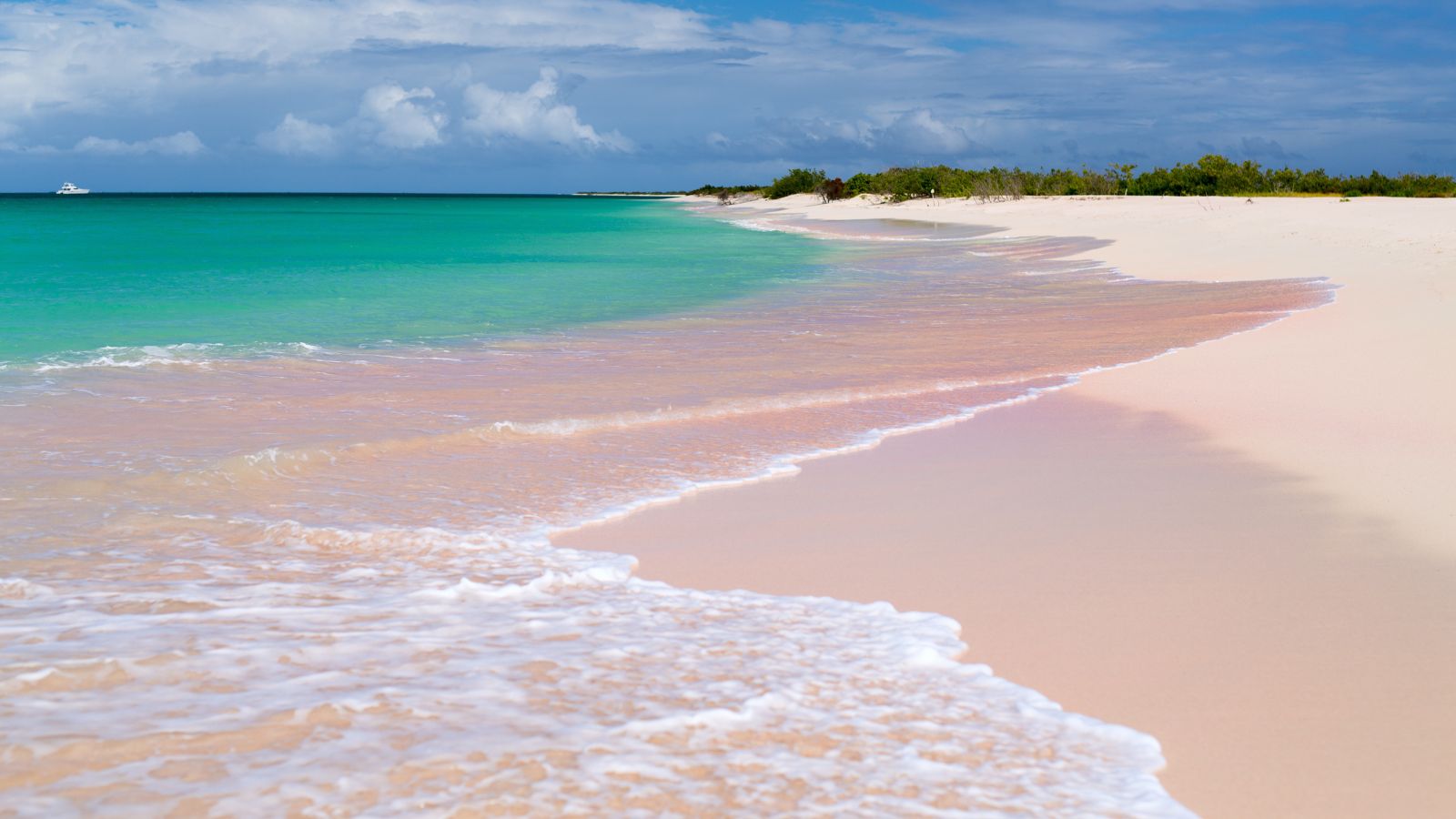
Although they may look peaceful, empty beaches can quickly become dangerous after sunset. Limited visibility, strong currents, and unexpected tides bring serious risks. You may also find wildlife, such as predatory animals, but the isolation will make it difficult to call for help if needed.
Poorly Lit Alleys
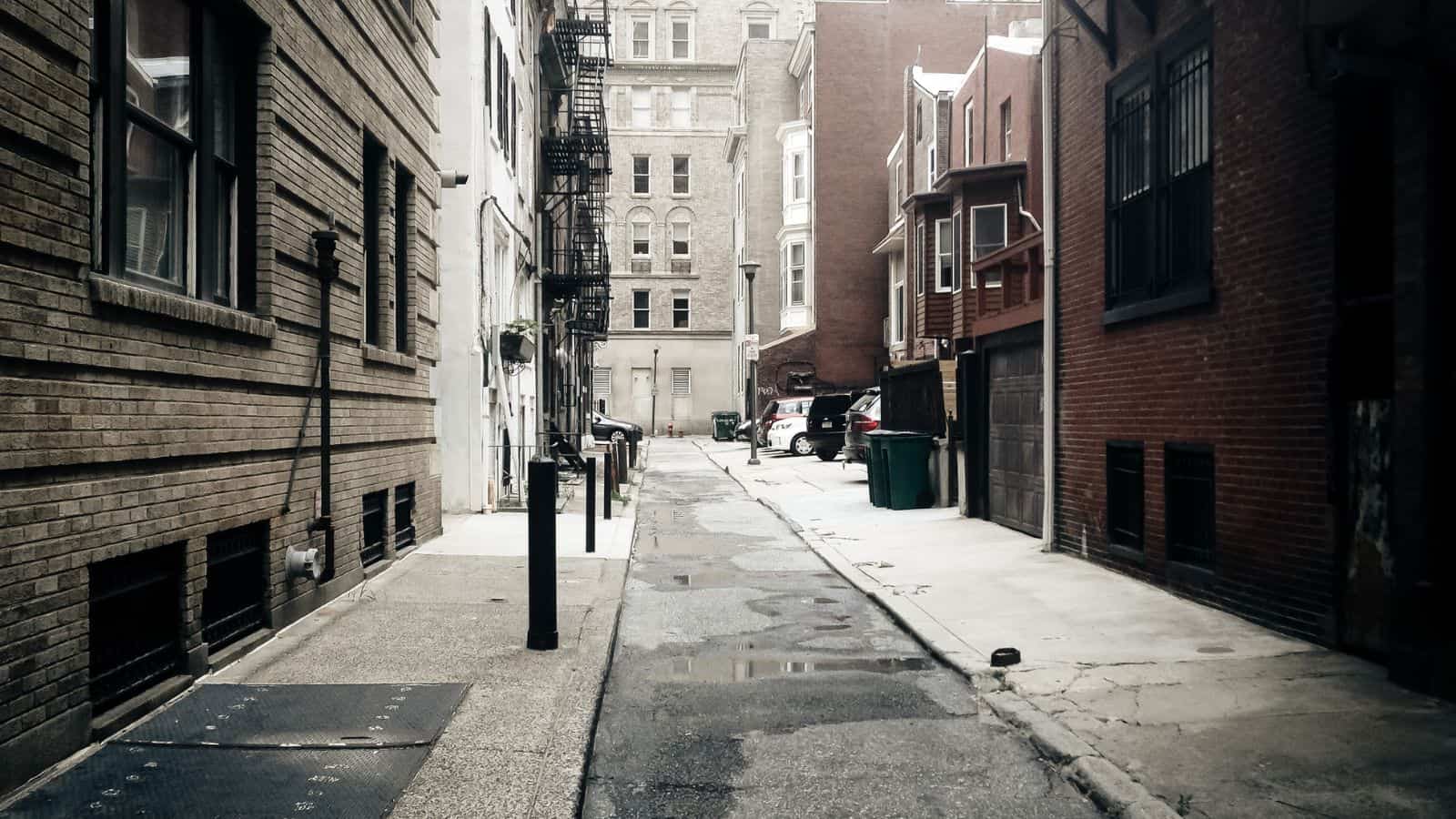
Narrow alleys with poor lighting make great hiding places for possible attackers. It’s harder to escape or see clearly in these areas, which makes people more vulnerable. These places often don’t have security cameras or other people around to witness crimes, so it’s no surprise that criminals are drawn to them.
Remote Hiking Trails

Walking alone on remote trails at night can also be very risky. You’re more likely to run into wild animals, and it’s easier to get hurt because it’s hard to see. It’s also tougher to find your way, so you might get lost. Many of these areas have poor cell phone service, which makes it difficult to call for help if needed.
Unfamiliar Neighborhoods
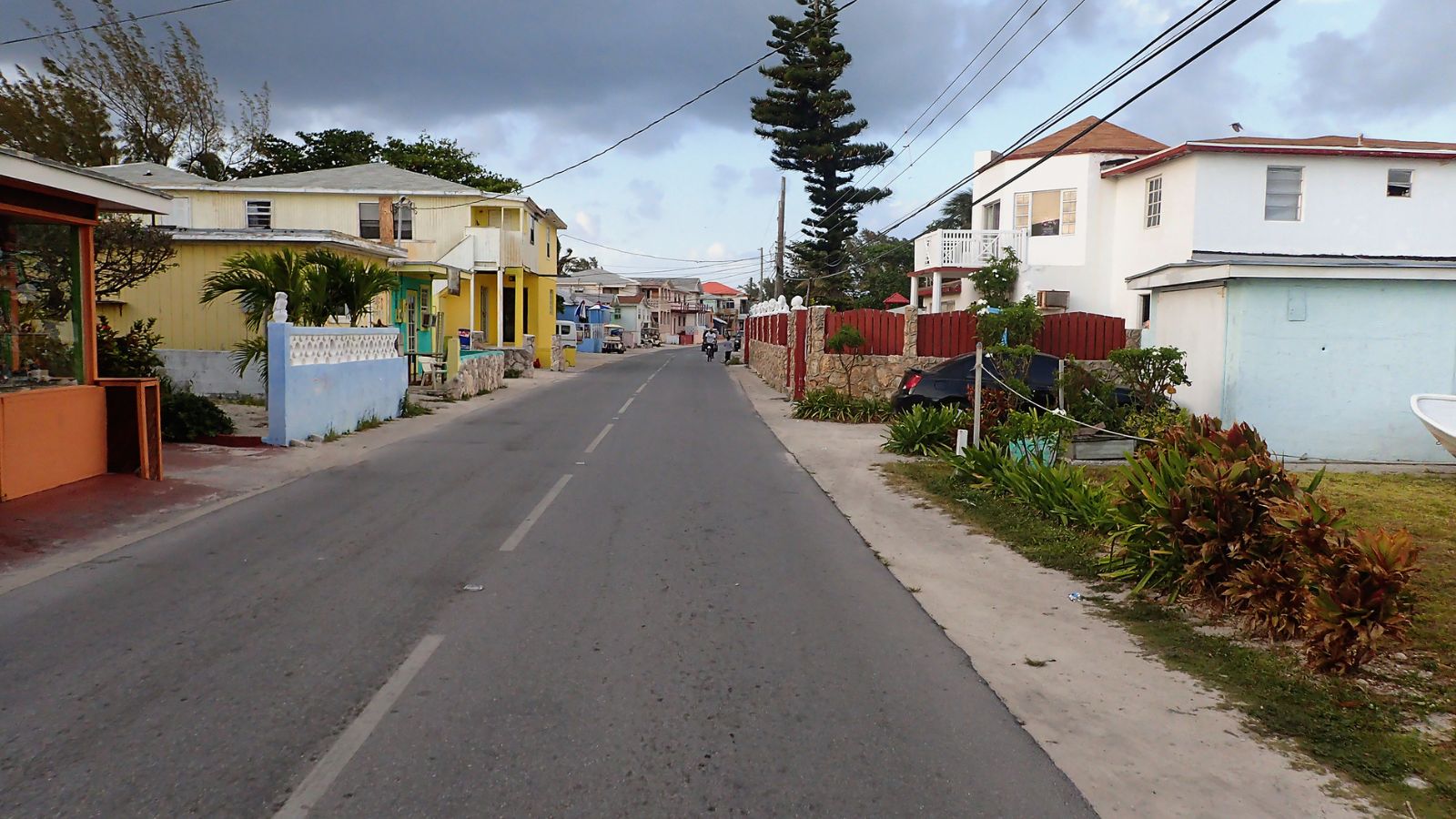
You’re more at risk when you don’t know the local situation or which areas might be unsafe. You might accidentally offend people due to cultural differences or end up in high-crime areas without realizing it. Researching new neighborhoods and visiting them during the day is safer.
Empty Parking Garages
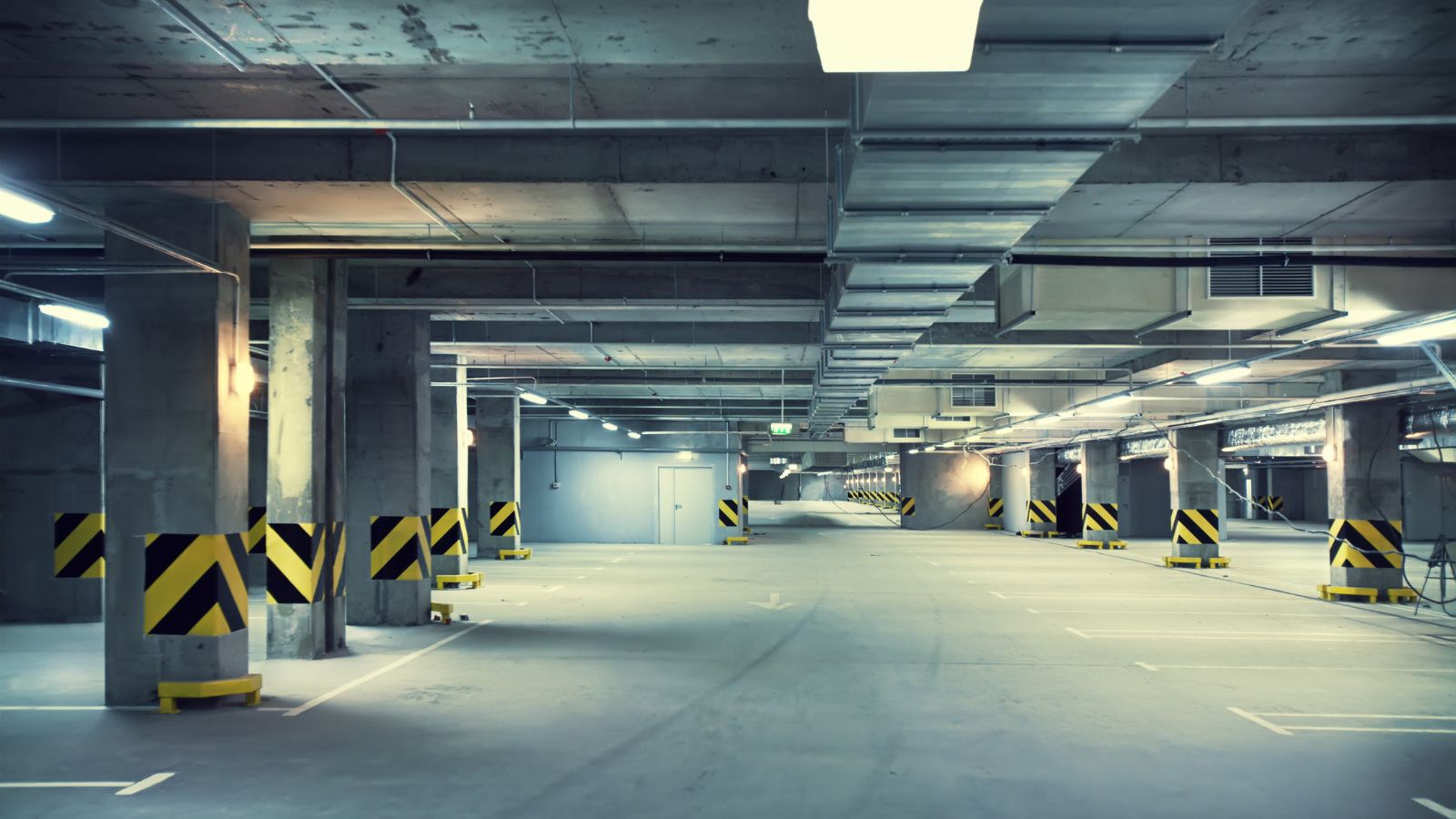
Dark and enclosed parking garages offer many places for attackers to hide. It’s also easy to get confused because there are few ways out and sounds echo. There’s often less security in these areas at night, which also worsens things. Always pay attention to what’s around you and have your keys ready when you’re walking to your car.
Public Parks After Hours
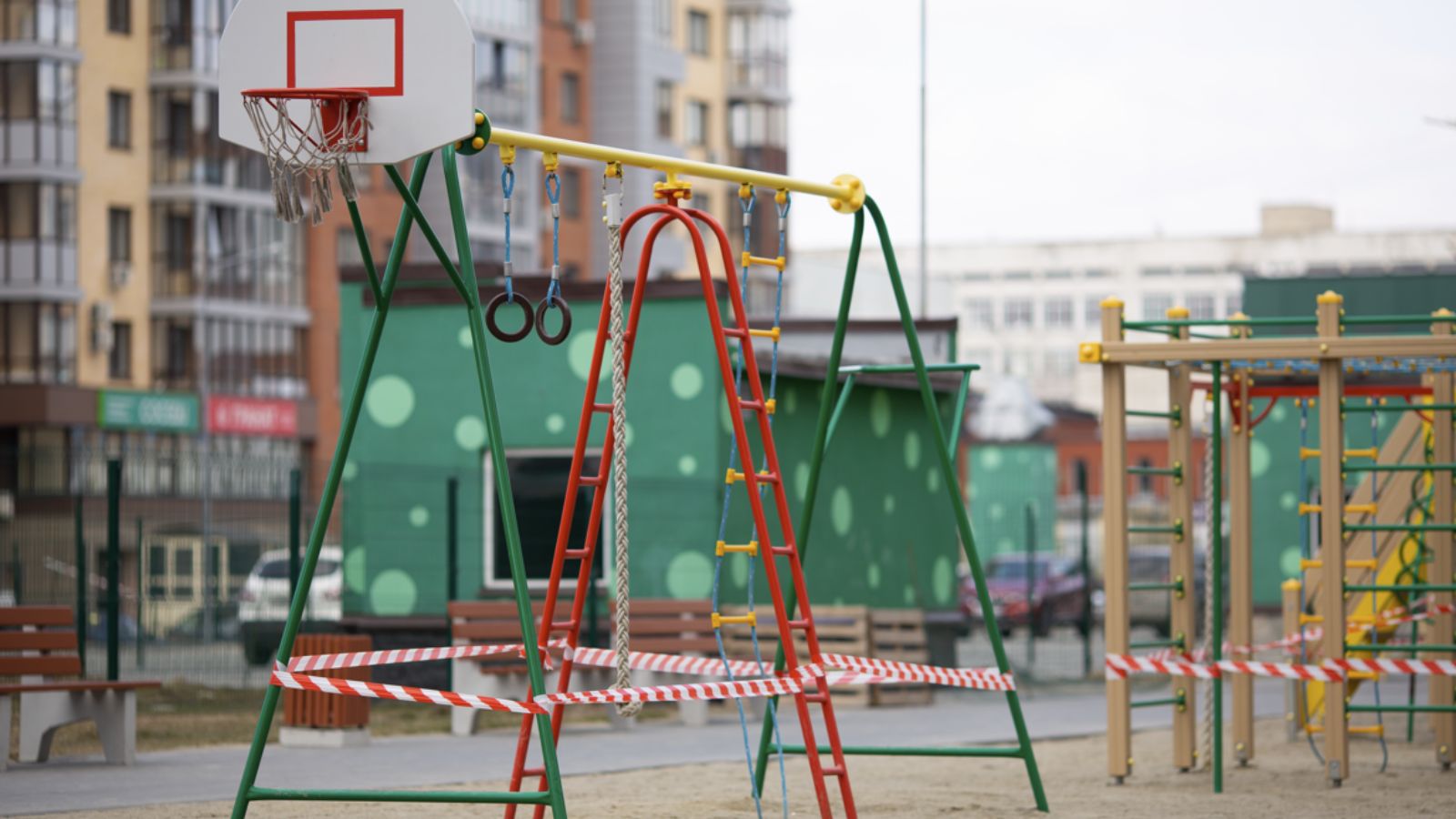
Many parks close when the sun sets because they can be unsafe at night. After dark, some people might use these areas for illegal activities, or dangerous individuals might gather there. Poor lighting and many plants make it easy for someone to hide and attack you, so instead of going through parks at night, it’s better to use well-lit routes with more people around.
Subway Stations Late at Night
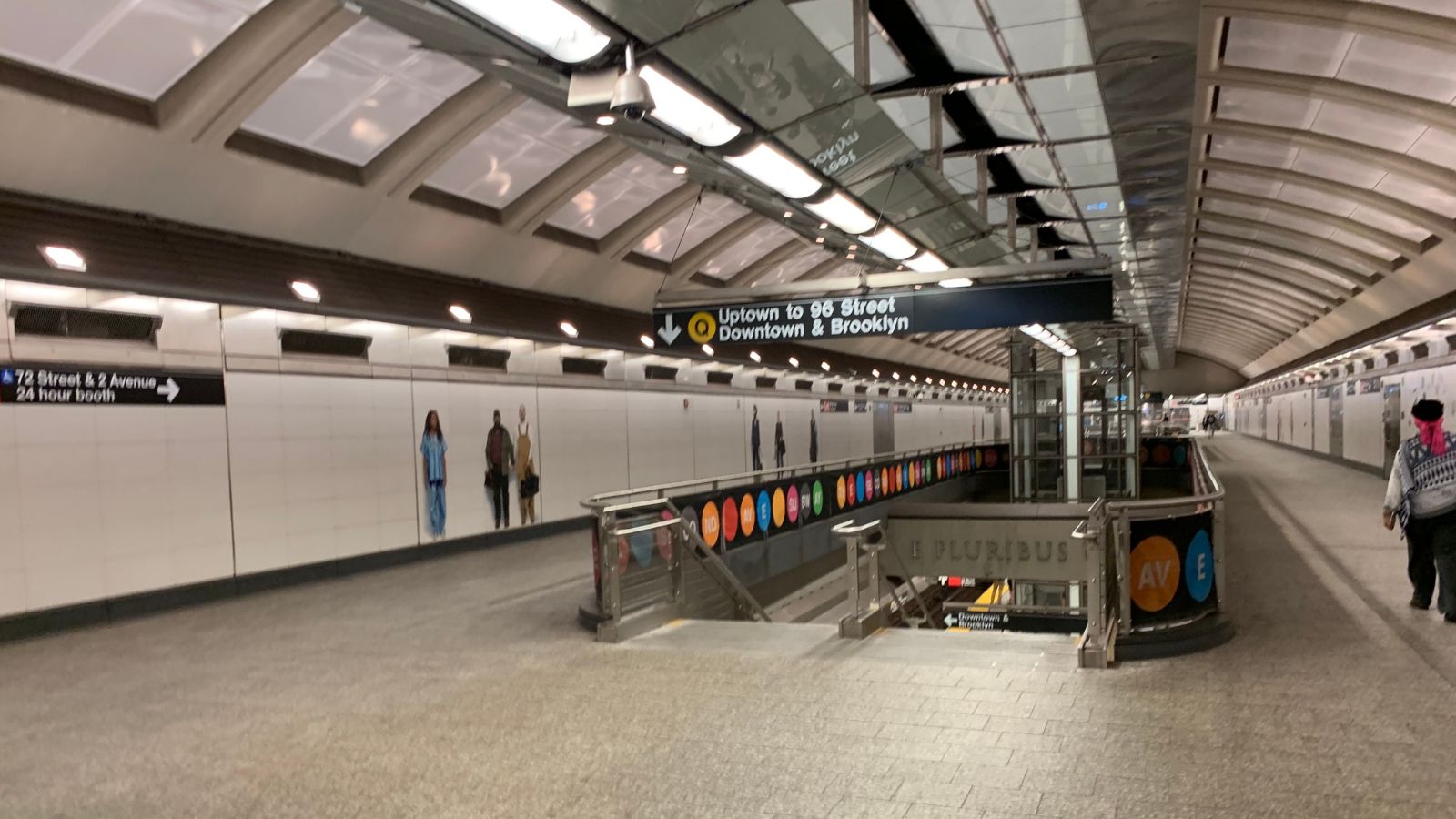
Empty platforms and trains can quickly become threatening environments. Reduced staff presence and fewer fellow passengers mean less potential help if needed. Some stations may also attract individuals under the influence of drugs or alcohol, so we recommend using ride-sharing services or traveling with someone else during late hours.
Industrial Areas

Factories and warehouses often become ghost towns after business hours. You should avoid shortcuts through industrial zones, especially at night, as poor lighting, lack of witnesses, and numerous hiding spots make these areas attractive for criminal activities. Being unfamiliar with the layout can also make you feel disoriented or trapped.
Underpasses and Tunnels
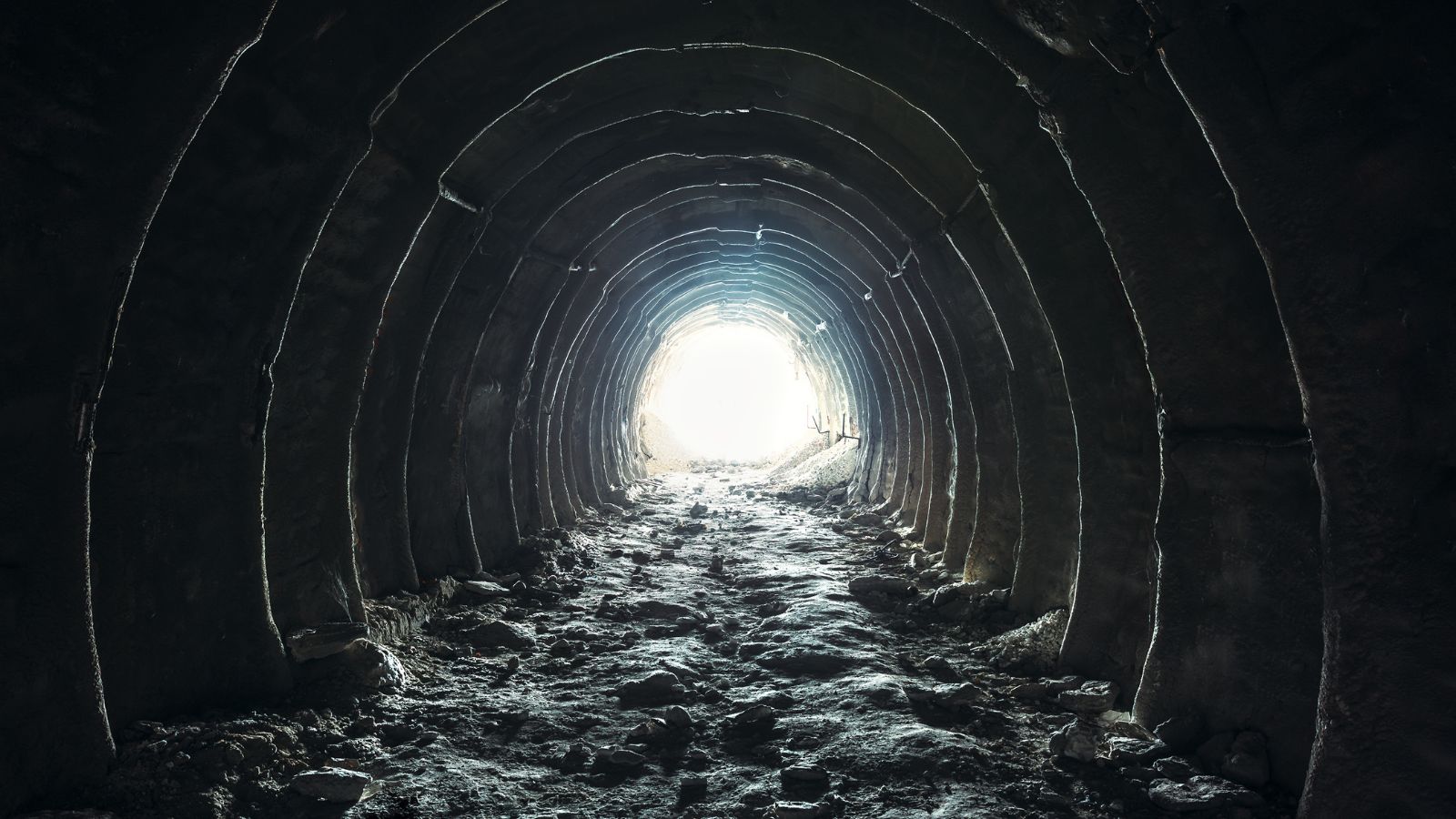
Underpasses and tunnels can be risky because they’re enclosed, making it hard to escape if needed. It’s often difficult to see clearly in these spaces, and the echoing sounds can hide the noise of someone approaching. It’s safer to take well-lit, open paths, even if they take a bit longer.
Isolated Bus Stops
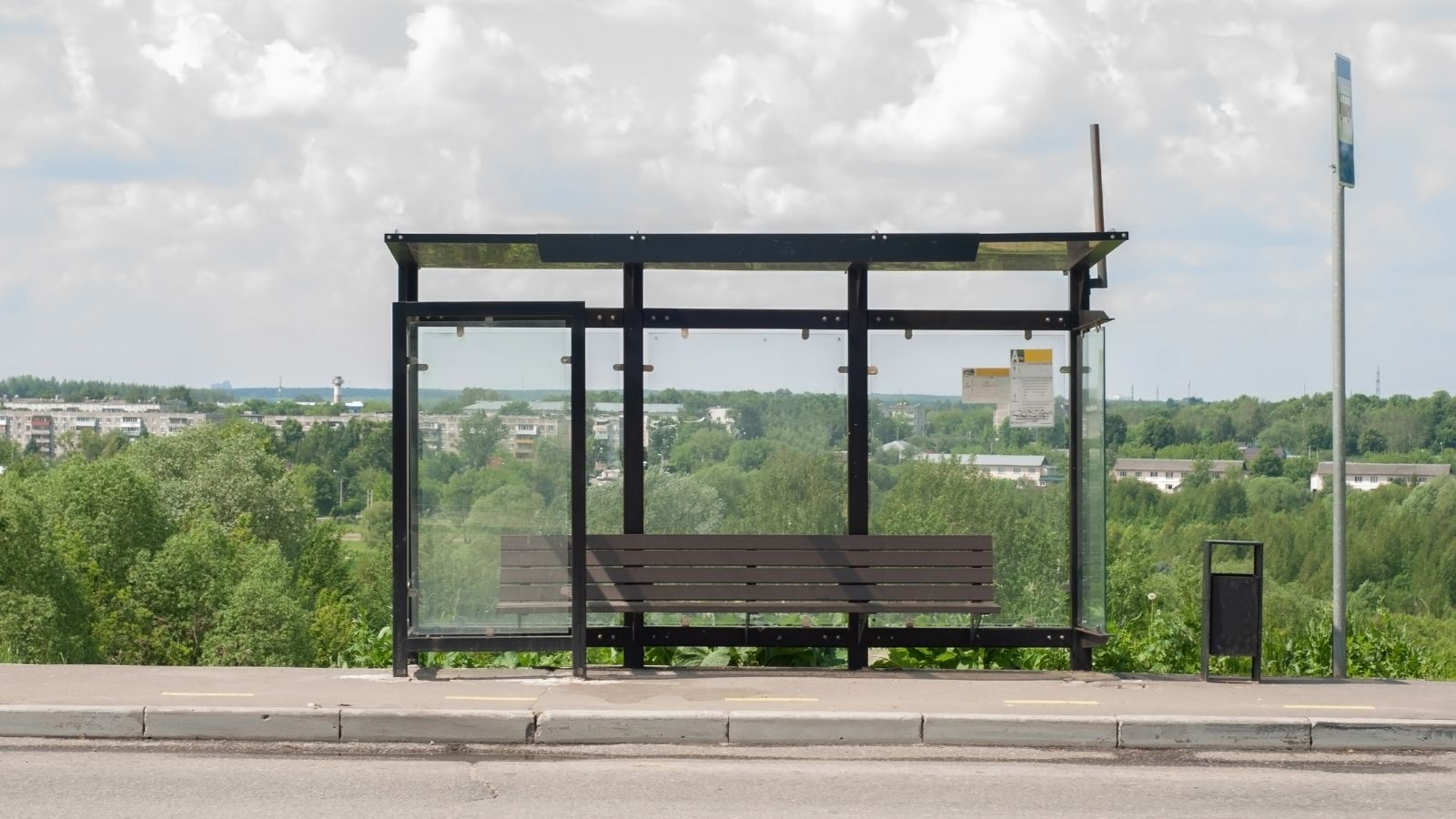
Waiting alone at an isolated bus stop can make you an easy target, and limited lighting and few passersby reduce the chances of getting help if needed. Consider using ride-sharing apps or waiting in nearby well-lit businesses if buses are less frequent at night.
Empty School Grounds

Empty school grounds can draw in people who shouldn’t be there, including those looking to do illegal things. These areas often have bad lighting and many places where someone could hide, making them unsafe. Also, there might not be much security when school isn’t in session.
Secluded ATMs
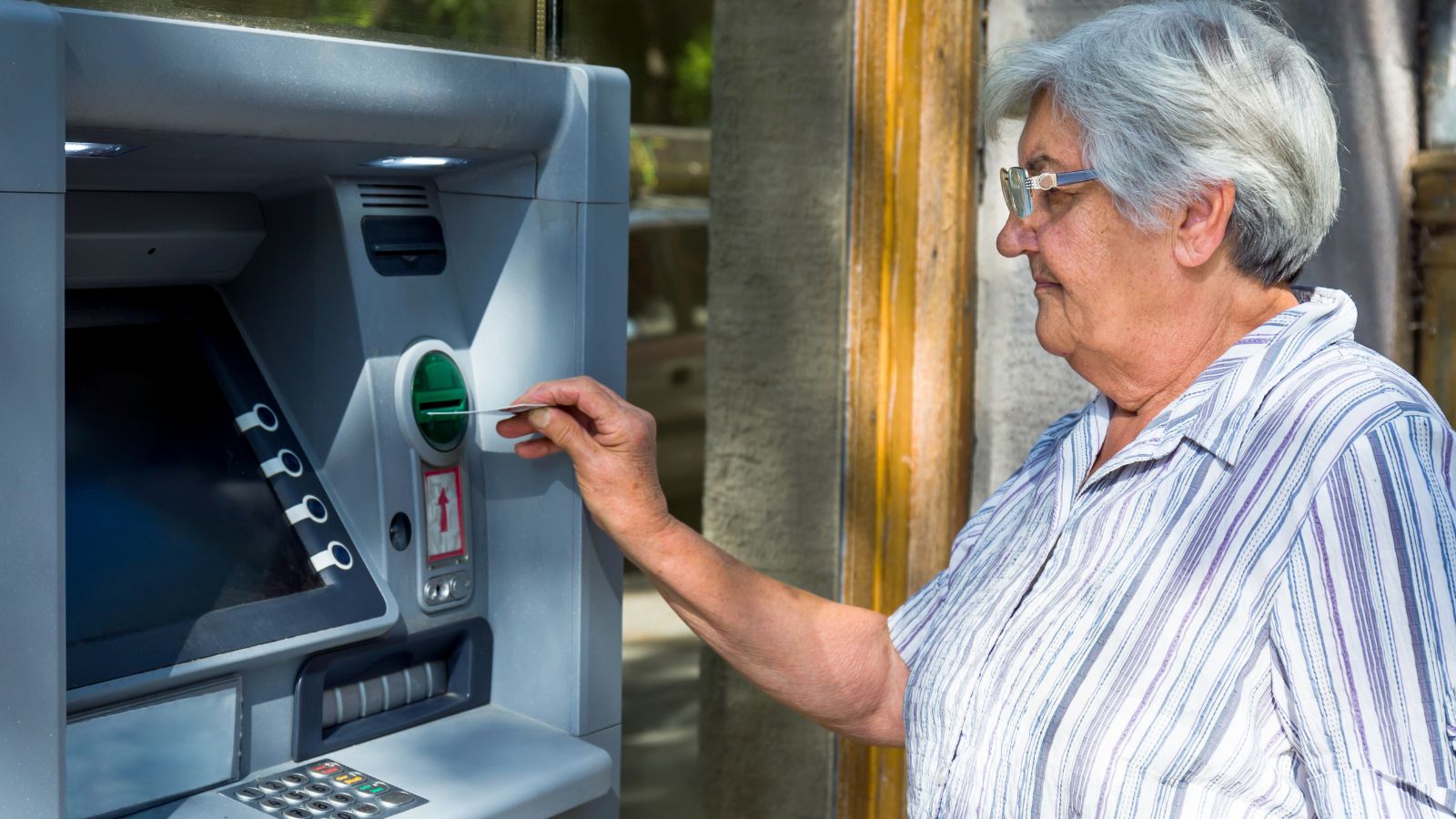
Using cash machines in isolated areas at night puts you at risk of robbery. Criminals may target individuals who have just withdrawn money, so choose ATMs inside banks or in well-lit, busy areas. It’s also a good idea to be aware of your surroundings and avoid counting cash in public.
Unlit Rural Roads

Traveling on dark country roads, whether driving or walking, can be dangerous. You’re more likely to encounter wild animals, and it’s much harder to see. In addition, if your car breaks down, you might be stuck in an area with no cell phone signal. If you must travel on these roads, ensure your vehicle works well and tell someone which route you’re taking.
Abandoned Amusement Parks

Abandoned places might seem fun to explore, but they’re full of dangers. Old buildings falling apart, rusty equipment, and possibly dangerous animals make moving around risky. Also, entering these places is often illegal, so you could get in trouble with the law.
Neglected Apartment Complexes

Run-down housing areas often experience higher crime rates. Poor maintenance can also create hazardous conditions, such as broken stairs or malfunctioning lights. If you must visit, do so during daylight hours and with a companion.
Dimly Lit Waterfronts
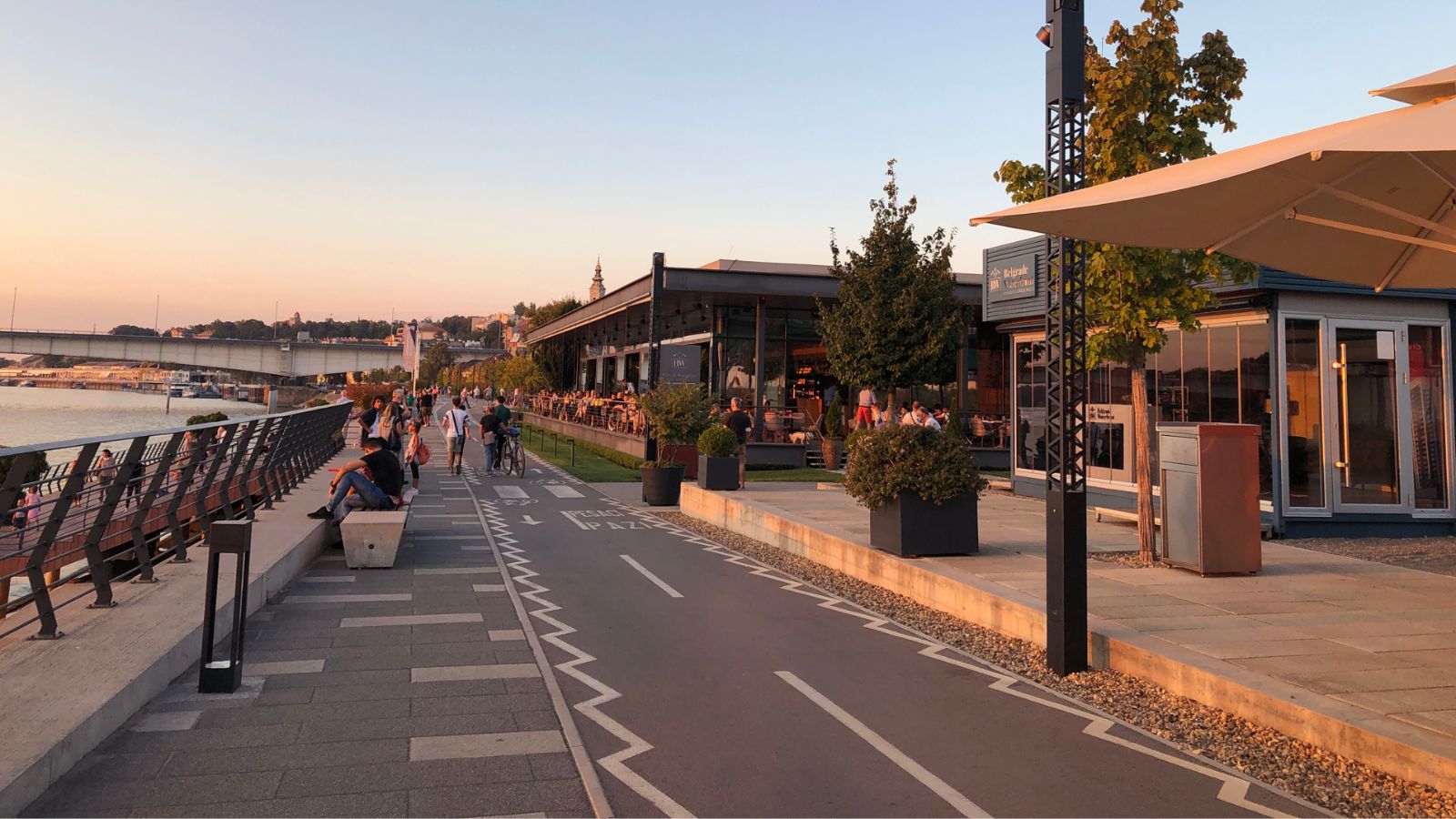
While beautiful during the day, poorly lit docks and riverfronts become dangerous at night as slippery surfaces and the risk of falling into water increase in darkness. Enjoy waterfront views from safe, well-populated areas after sunset.
Deserted Shopping Centers
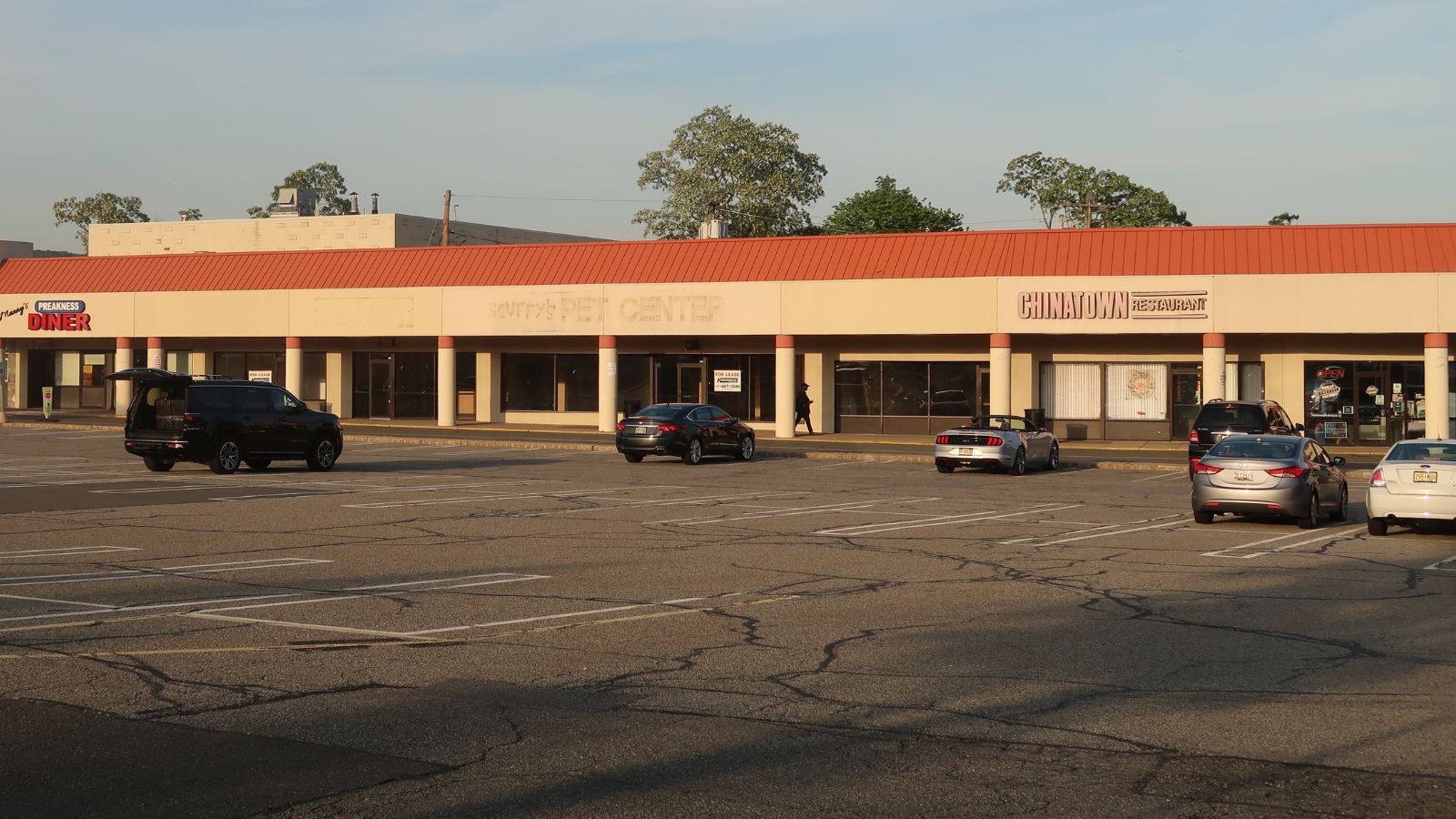
Once full of activity, empty malls and strip malls become risky at night. Limited security presence and numerous hiding spots create an unsafe environment, with individuals looking to commit crimes. Stick to shopping during regular business hours for safety.
Construction Sites
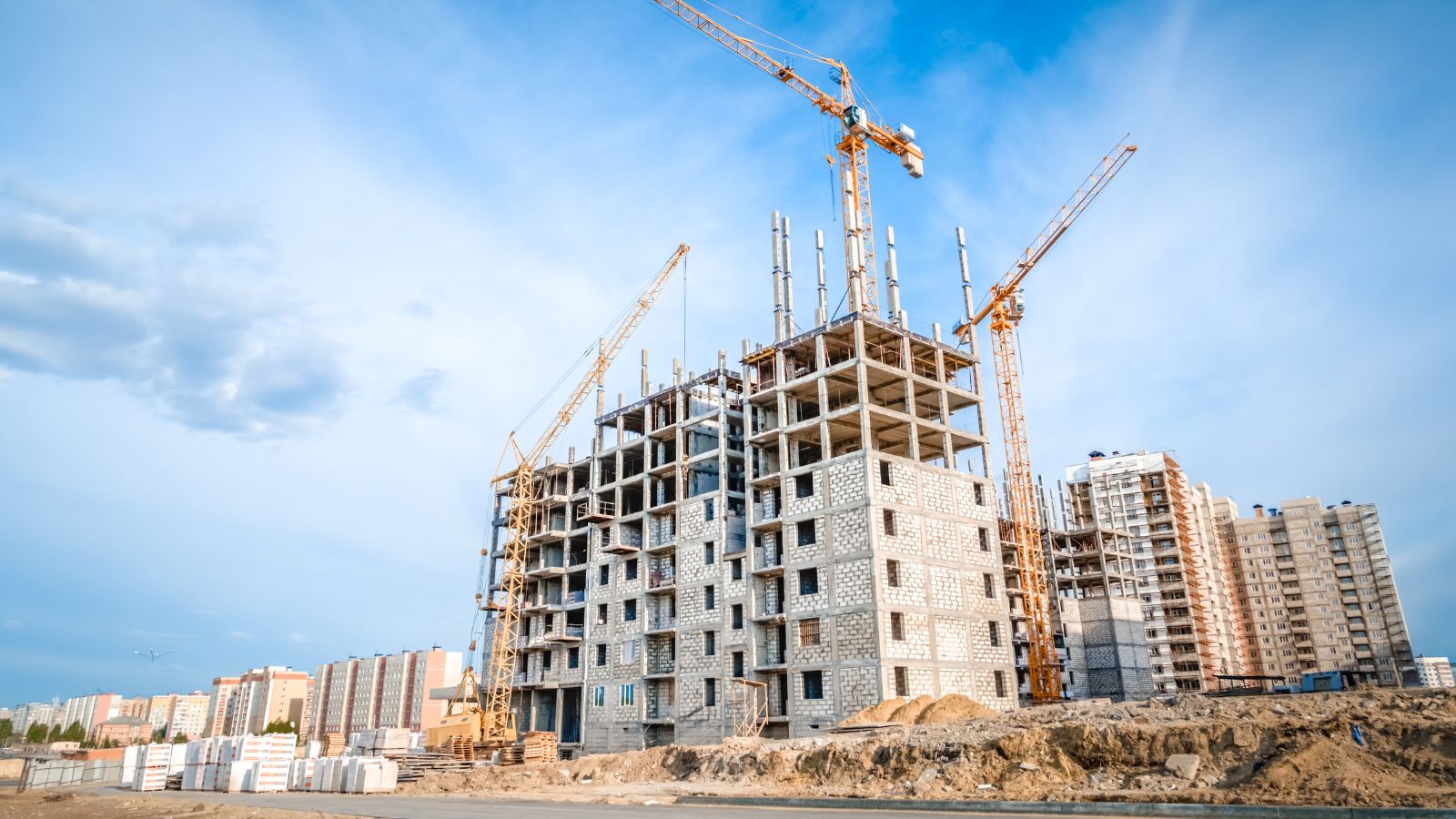
Unfinished buildings and active construction zones are serious risks after hours as unstable structures, exposed wiring, and scattered tools become major hazards in the dark. These sites may also attract thieves or vandals. You should respect barriers and warning signs and avoid these areas entirely at night.
Up Next: 18 Reasons Why Men Get Grumpier As They Age

You might read this and be able to relate, or you may feel you’ve become grumpier the older you’ve gotten. Or maybe you know of a male friend or relative who has. Here are 18 reasons why men get grumpier as they age.
18 Reasons Why Men Get Grumpier As They Age
17 Products Millennials Refuse to Buy and It’s Affecting the Economy

Millennials have been the center of so much media attention due to their spending habits. Their unique ways of spending have built up and crushed many traditional industries. In this article, we look at 17 things millennials stopped buying and how that has impacted society.
17 Products Millennials Refuse to Buy and It’s Affecting the Economy
Where Even Truck Drivers Won’t Stop

Truck drivers tend to be hardy souls—well-seasoned travelers who aren’t often afraid to rest up or refuel in risky locations. However, there are certain U.S. locations that even the most road-weary trucker refuses to stop at for fear of criminal activity or natural dangers. Here are 17 such locations that even experienced truck drivers approach with trepidation (or not at all).
